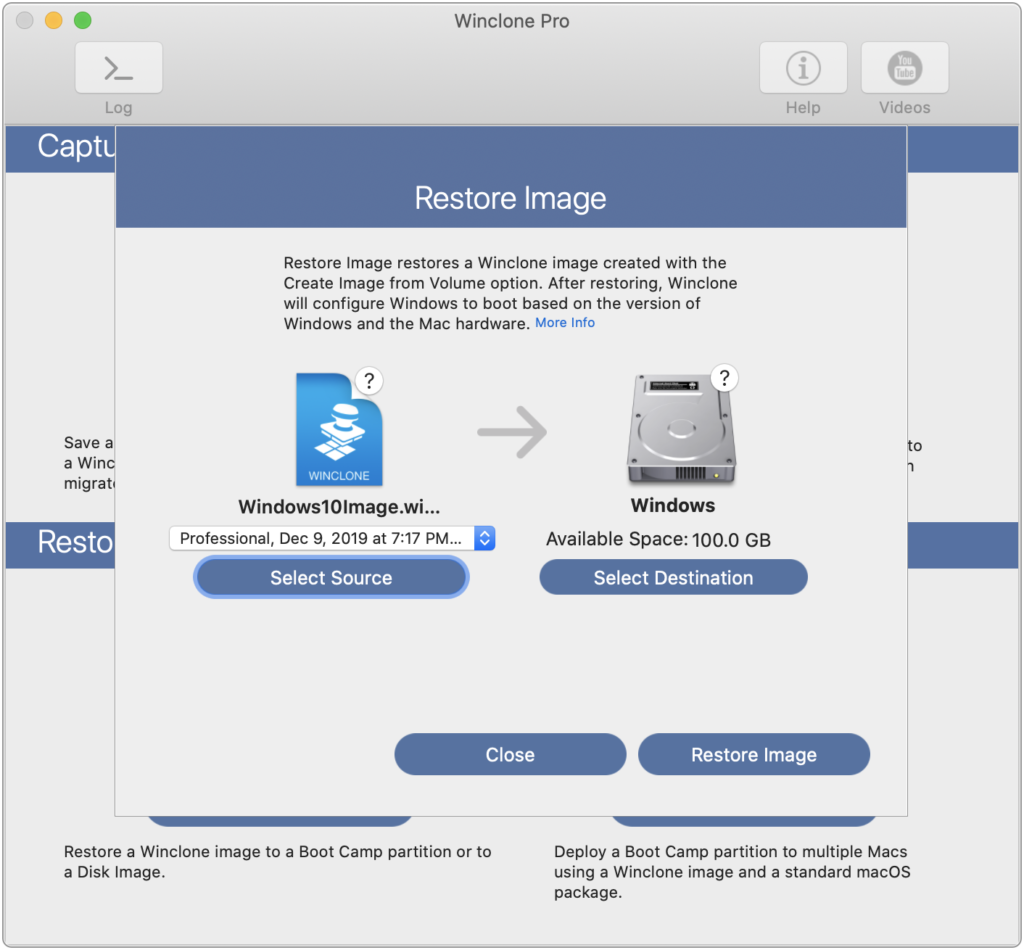

- #APPLE BOOT CAMP CONTROL PANEL INSTALL#
- #APPLE BOOT CAMP CONTROL PANEL DRIVERS#
- #APPLE BOOT CAMP CONTROL PANEL PRO#
It has advanced options and is useful if you have multiple OS installations including Linux. It basically does the same thing as BootChamp but instead of placing an icon on the menu bar it gives you a fancy customizable boot menu that overlays the login screen. Then there is a paid program called Boot Runner by Twocanoes. It gives you control over your macOS startup disks in addition to your Boot Camp disk. There's another one called QuickBoot that is like a mini Startup Disk preference pane that also works from the menu bar like BootChamp. To boot Windows simply click the icon and then select Restart into Windows. It's a simple program that places a Windows icon on the menu bar. There's a free one called BootChamp by Kevin Wojniak.

Note that you will not be notified when there is an update.ģrd party solutions: There are a few nifty programs that allow you to dual boot Windows and MacOS easily.
#APPLE BOOT CAMP CONTROL PANEL INSTALL#
Use the previously linked instructions to uninstall the old version and install the latest version. Periodically Apple updates the Boot Camp software.
#APPLE BOOT CAMP CONTROL PANEL PRO#
Then, as the previously linked instructions dictate, uninstall the core Boot Camp Services and then install the iMac Pro version.
#APPLE BOOT CAMP CONTROL PANEL DRIVERS#
Make sure you install the Mac Pro 5,1 Boot Camp software first (or whichever is correct for your system) so that all the correct drivers for your system are installed. Note that to format the disk with MBR partition scheme with Disk Utility you must select "View" and then select "Show All Devices." Then select the drive and click erase. Then reformat the disk during Windows setup. Note that instead of deleting partitions from within Windows setup you can alternatively format the disk in macOS using Disk Utility as MBR partition scheme and select the exFAT file format. User h9826790 has outlined instructions here. You can use one of the 3rd party programs I've listed below if you want to, but they require SIP (System Integrity Protection) to be at least partially disabled. The Boot Camp drive is selectable in Startup Disk in System Preferences in macOS and will boot properly when installed in Legacy BIOS mode. The latest Boot Camp 6.1 software allow you to select APFS macOS drives in the Boot Camp control panel in Windows. Native solution: You can switch between macOS and Windows using Apple's utilities. Therefore Windows should only be installed in Legacy BIOS mode on the Mac Pro (5,1 and older.) Detailed information on this issue can be found within the BootROM thread. Warning! : It has been discovered that Windows when installed in EFI mode is corrupting the Mac Pro’s firmware by signing it with multiple Secure Boot (X.509) certificates. It does not apply to a MacBook Pro, iMac, or any other Mac besides the classic Mac Pro, but users of those other Macs may still find some of the information in this thread useful. Notice: This thread only applies to the classic Mac Pro from 2009 to 2012 (4,1 & 5,1).


 0 kommentar(er)
0 kommentar(er)
